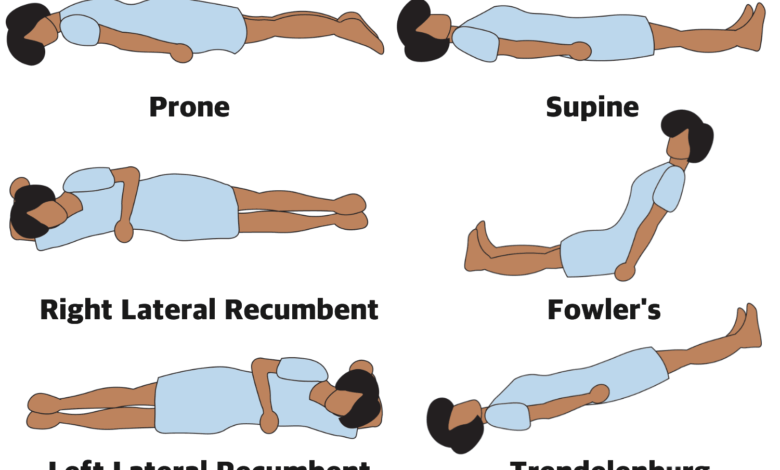

On March 25, 1999, Brian Drummond’s fiancee Olivia Graves called the Anaheim police. 2003), examined the following law enforcement conduct: One of the 9 th Circuit’s lead cases in this area came just five years after the Price case. Thus, one should look to the United States Court of Appeals for the 9 th Circuit to determine if that Court, which does create binding precedent for officers in California, had determined that positional asphyxia, hog-tying or pressure on a prone subject’s back was not problematic. As a result, in this one District Court case, concluded that use of a hogtie was physiologically neutral.įrom a legal perspective it should be recognized that decisions by Federal Districts Courts do not create any binding precedence.

Reay conceded that Neuman’s research was sound. In the case Neuman refuted Reay’s initial conclusions that the level of oxygen decreases after exertion and that hogtying significantly impairs the arrestee’s ability to breathe such that the body cannot properly exhale carbon dioxide and also cannot replenish oxygen.

Neuman, who was hired by San Diego County to conduct a study on positional asphyxia and the hogtie method of restraint. Reay who was one of the pioneers that studied positional asphyxia, and Dr. 1998), two doctors faced off on the issue of positional asphyxia. The idea that positional asphyxia in restraint cases was debunked rests on the findings in a single case that many in law enforcement training heralded.

While accepting that there is a scientific or medical debate in these cases between competing doctors or scientists, it is a debate law enforcement should stay out of, while training instead on reasonable force, reasonable restraint, and immediate movement of arrestees to a position that facilitates breathing. The purpose of this section dealing with restraint of prisoners is to identify the competing studies and to recognize that the courts accept the fact that positional asphyxia, compression asphyxia, mechanical asphyxia, and prone restraint may impair breathing and cause death. This is a dangerous position for a law enforcement trainer to take as it might be interpreted that since there is no danger, then leaving a restrained subject prone or prone while in a compromised position or with pressure on their back is okay since the theory that it is dangerous has been debunked. At least one trainer from the State of Washington reported that the science indicating that positional asphyxia may compromise breathing and thereby cause serious harm or death had been debunked. In the course of interviews of law enforcement trainers it became apparent that a number of trainers misunderstand the issues related to positional asphyxia and prone restraint. In fact, there is widespread agreement that the actions of the officers amounted to unreasonable force and the failure to intervene. It is important to note that not a single police officer that we are aware of has come out in support of the Minneapolis officers. On the video, prior to becoming non-responsive, Floyd can be heard telling officers that he could not breathe. Over the last week, law enforcement has been faced with the aftermath of the death of George Floyd in Minneapolis which was captured on video and showed an officer putting pressure on Floyd’s neck for nearly eight minutes, while Floyd remained in a prone position and handcuffed.


 0 kommentar(er)
0 kommentar(er)
